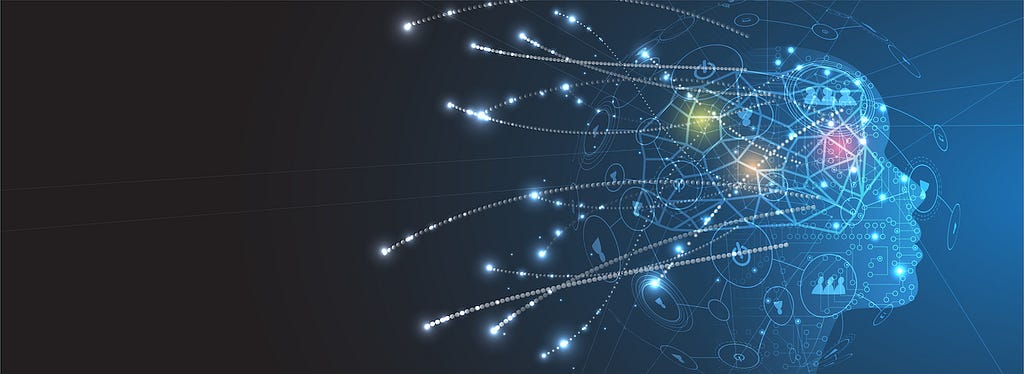Latest news about Bitcoin and all cryptocurrencies. Your daily crypto news habit.

What is Database Modeling?
Database modeling is the process of making a data model for data that will be stored inside the database.
The data model is the representation of the:
- The rules
- Data objects
- The association between different data objects
Data modeling helps with enforcing business rules, government policies, and regulatory compliances on the data. With the help of database modeling, you’ll have consistency in naming default values, conventions, and the security for a while maintaining the quality of the data.
Database modeling emphasizes on what data is necessary and how it will be organized instead of the operations the database has to perform. Data modeling is like an architect’s building plan as it gives a layout and creates a relationship between multiple data items.
Types of Database Models
Here are the most common types of database models that are available:
- Logical: Defines how your system needs to be implemented despite the DBMS. The model is usually created by Data Architects and Business Analysts. The purpose is to make a developed map of data structures and rules.
- Physical: This data model defines HOW a system will operate with a DBMS system. This model is created by Developers and DBA. The main purpose is to make sure the data is actually implemented via the system.
- Conceptual: This data model shows WHAT your system contains. This model is made by Data Architects and Business stakeholders. The purpose is to define the scope, organize, and define business rules and concepts.
So What Popular Databases Are Available?
Oracle
Oracle is a database system that’s designed for the cloud, and the data can be hosted on single or multiple servers. And it enables databases to hold billions of records. One of Oracle’s latest features is the use of both logical and physical structures. The security of this system is excellent because every transaction is isolated from others.
PostgreSQL
PostgreSQL is used for web databases and is one of the most popular free databases available. You can use it for most major platforms, including Linux based ones, and it’s easy to information to from different database types via this tool.
MySQL
MySQL is a web-based database that has frequent security improvements and updated features. With the freeware version, it’s designed for reliability and speed instead of having a vast amount of features, which could be good or bad depending on what you’re trying to do.
Microsoft SQL
Microsoft SQL is a database management engine that can operate on both cloud and local servers. Some of its standout features include dynamic data masking, which only allows authorized individuals to view your data.
Conclusion
In the end, make sure that your team understands the system of data modeling to ensure that your data is stored and your app is deployed correctly. By doing so, you’ll have a high-quality application and database that you can use for future projects.
How to model an efficient database for your application was originally published in Hacker Noon on Medium, where people are continuing the conversation by highlighting and responding to this story.
Disclaimer
The views and opinions expressed in this article are solely those of the authors and do not reflect the views of Bitcoin Insider. Every investment and trading move involves risk - this is especially true for cryptocurrencies given their volatility. We strongly advise our readers to conduct their own research when making a decision.